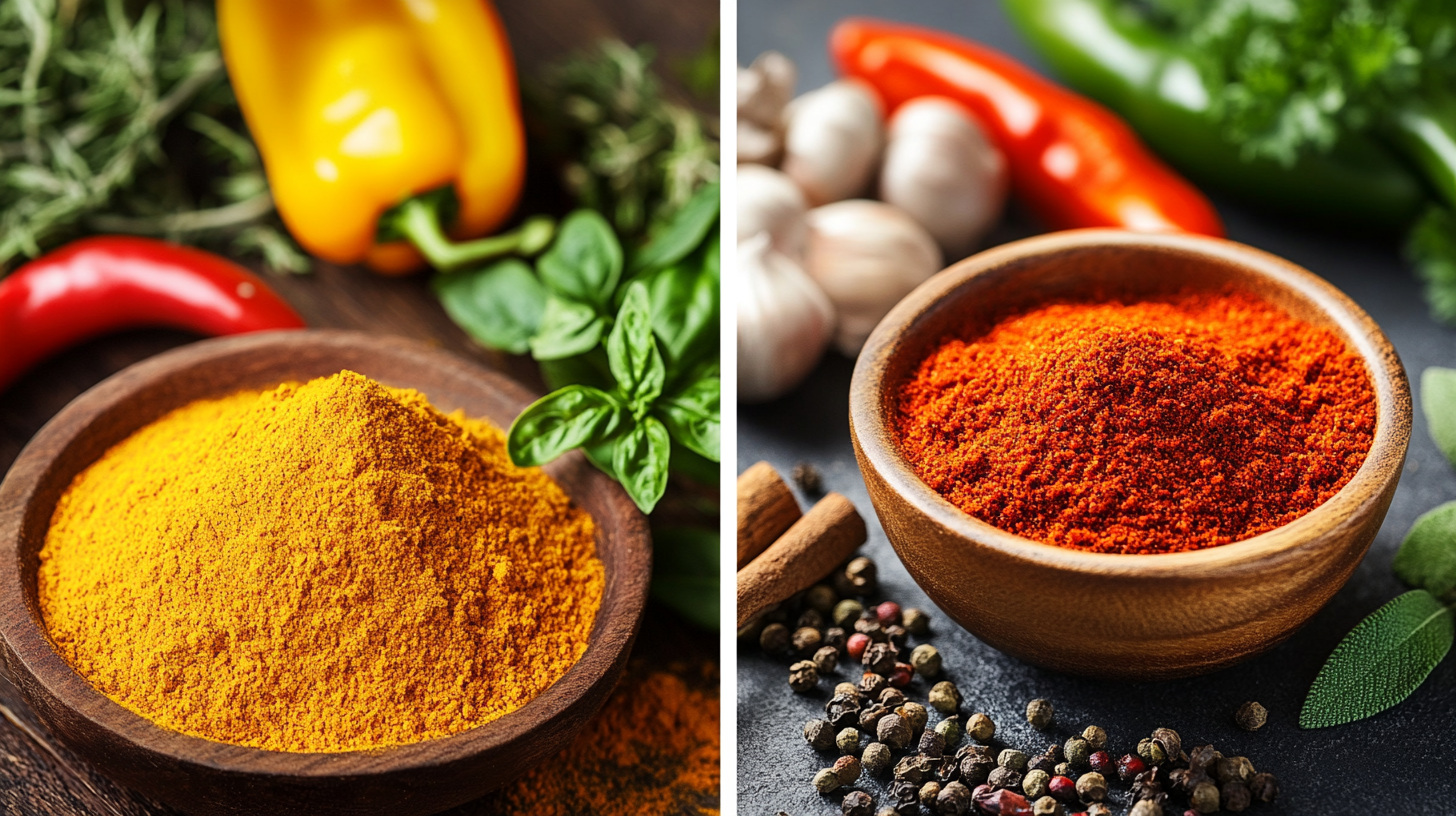
Paprika is a staple in many kitchens, adding a mild sweetness and vibrant red color to dishes.
Whether you’ve run out or are simply looking for a new twist, several great alternatives can fill in for paprika.
These substitutes bring a wide range of flavors to your cooking, from spicy options like cayenne pepper to smoky varieties like chipotle powder.
Let’s dive into the best paprika substitutes and how each can complement your recipes.
Best Substitutes for Paprika
1. Cayenne Pepper
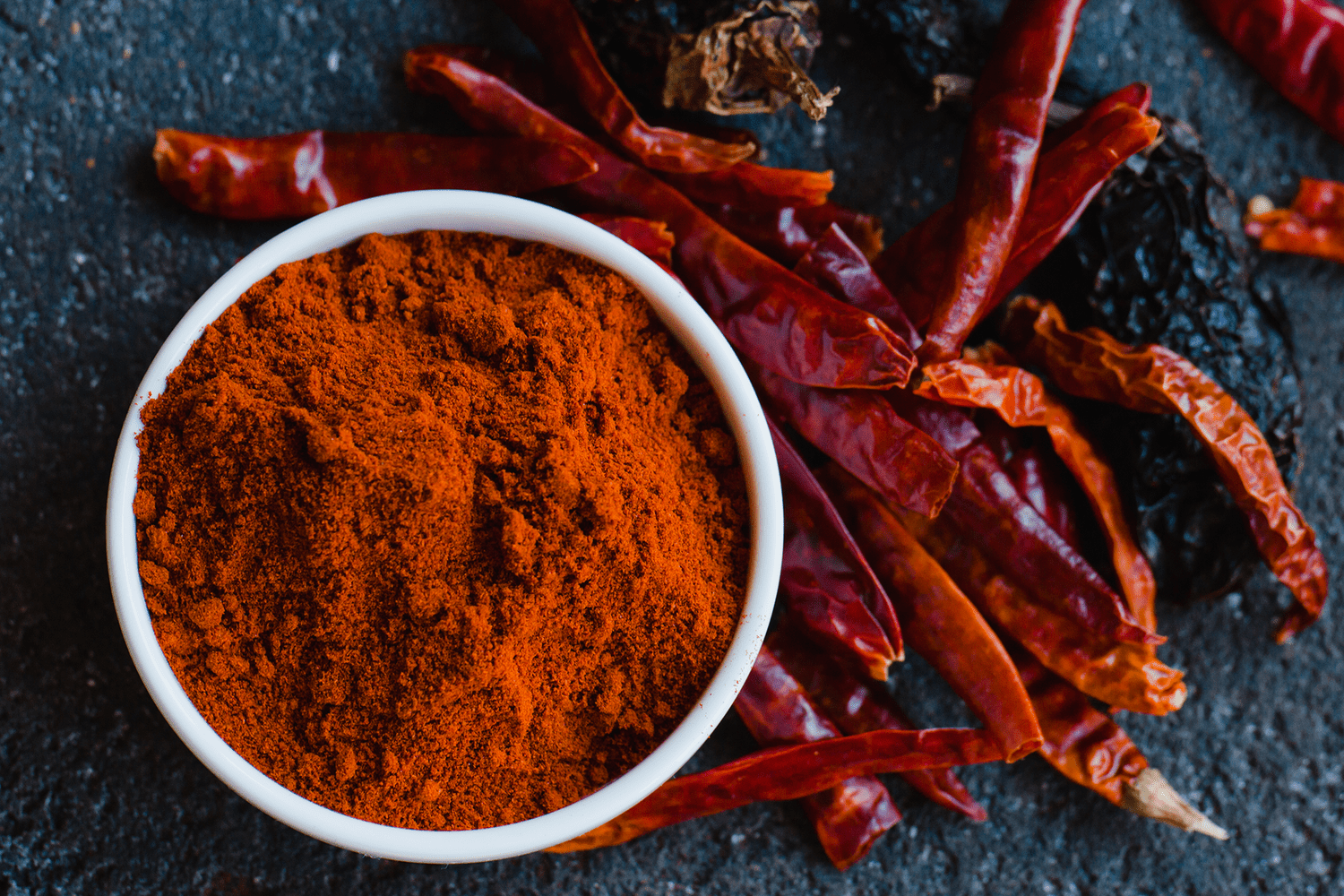
Cayenne pepper is a spicy substitute for paprika that brings a lot of heat to your dish.
Unlike paprika, which can be sweet or mild, cayenne pepper is much more intense, so it’s important to use it sparingly.
It’s best for recipes that benefit from a strong kick of heat, such as chili or spicy sauces.
If you’re using cayenne instead of paprika, start with a smaller amount and adjust to taste to avoid overpowering your dish.
- Flavor profile: Hot and pungent.
- Texture impact: Fine powder like paprika.
- Ratio: Use ¼ teaspoon of cayenne for every teaspoon of paprika.
- Best uses: Ideal for spicy dishes, sauces, and soups.
- Heat warning: Cayenne is much spicier, so adjust accordingly.
2. Chili Powder

Chili powder is a versatile substitute that often contains a blend of spices, including paprika.
It offers a similar red hue and mild heat, making it an excellent all-around replacement.
Chili powder can vary in spiciness, depending on the blend, so it’s a good idea to taste and adjust as needed.
It works well in Mexican and Tex-Mex dishes like tacos, chili, and enchiladas, providing flavor and color to your recipes.
- Flavor profile: Mildly spicy with earthy undertones.
- Texture impact: Fine, similar to paprika.
- Ratio: Use in a 1:1 ratio.
- Best uses: Perfect for chili, tacos, and soups.
- Versatility: Offers a blend of spices, enhancing the dish’s complexity.
3. Smoked Paprika
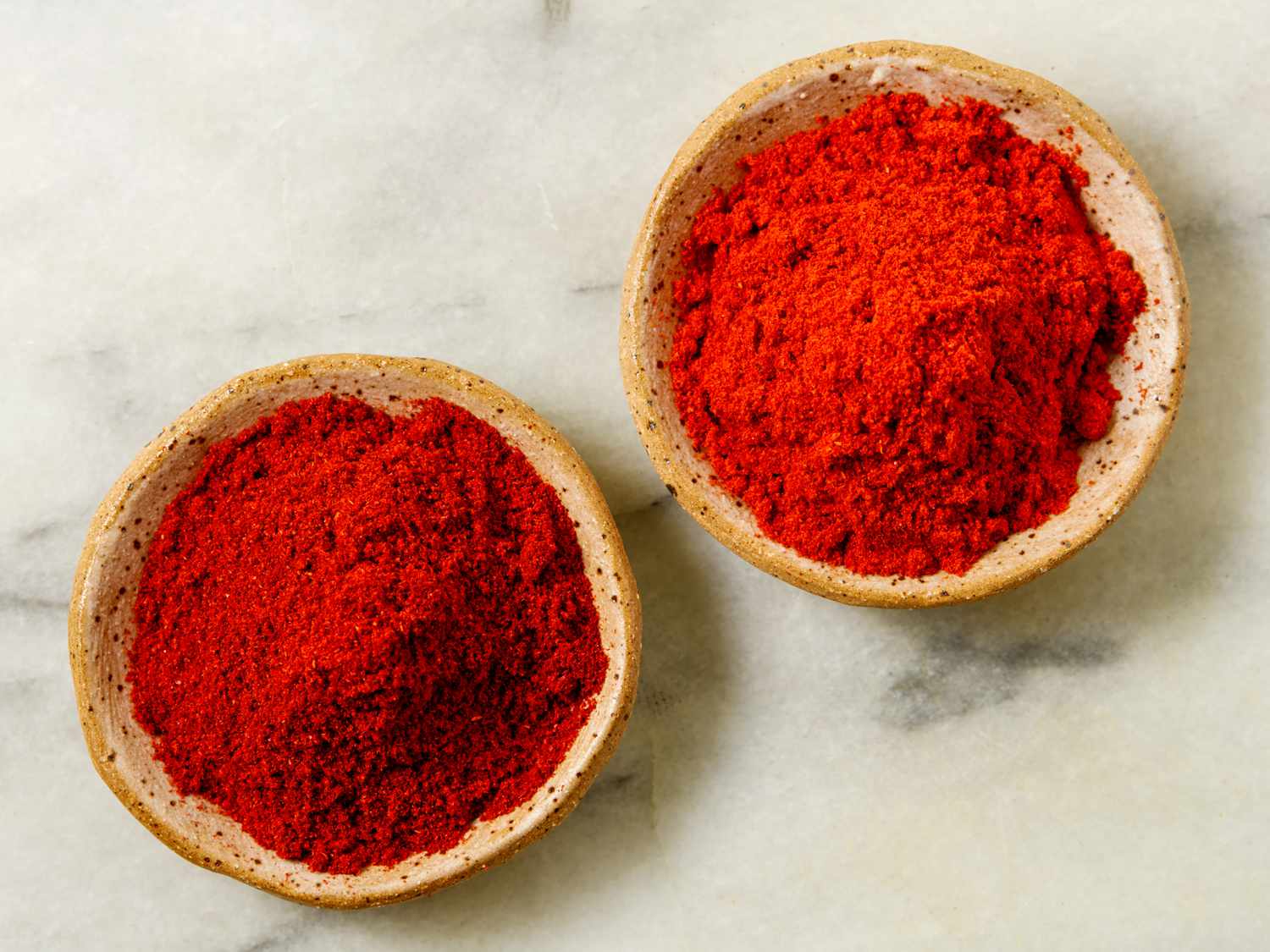
Smoked paprika is a great substitute for the smoky flavor that regular paprika lacks.
It’s made from smoked and dried peppers, providing a deeper and richer taste.
This substitute is ideal for dishes where a smoky undertone is needed, such as grilled meats, stews, and roasted vegetables.
Smoked paprika can easily replace regular paprika in any recipe, but it will add a layer of flavor that works well in heartier dishes.
- Flavor profile: Smoky, rich, and mildly sweet.
- Texture impact: Fine powder, same as paprika.
- Ratio: Use in a 1:1 ratio.
- Best uses: Excellent for grilled meats, stews, and vegetables.
- Additional flavor: Adds a smoky depth that enhances the dish.
4. Chipotle Powder
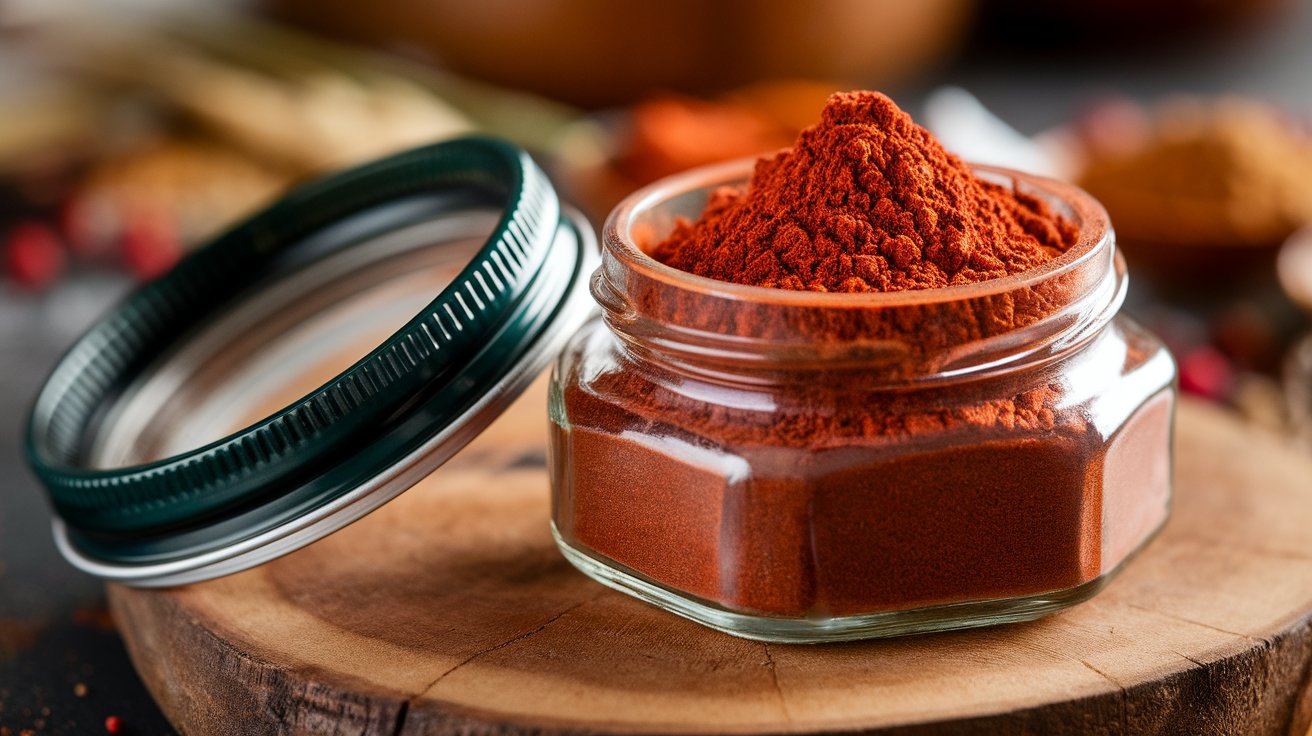
Chipotle powder is made from dried and smoked jalapeños, making it a spicy and smoky substitute for paprika.
It delivers heat and flavor complexity, giving your dish a distinct smoky and slightly sweet taste.
Chipotle powder is spicier than paprika, so you’ll want to use it more sparingly.
It works well in Mexican and Southwestern dishes where you want to enhance the smokiness without losing the heat.
- Flavor profile: Smoky, spicy, and slightly sweet.
- Texture impact: Fine, like paprika.
- Ratio: Use ½ teaspoon for every teaspoon of paprika.
- Best uses: Great for chili, tacos, and grilled meats.
- Smoky spice: Adds both heat and smokiness to your dishes.
5. Ancho Chili Powder
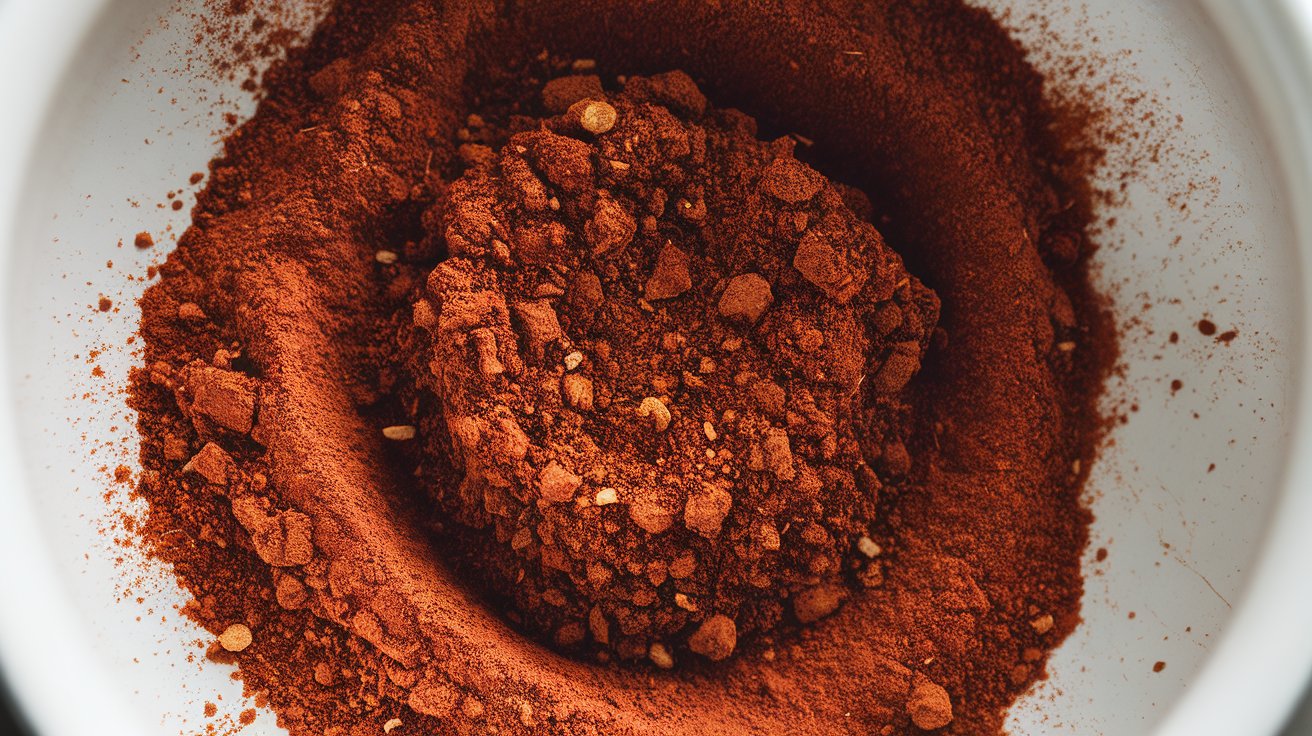
Ancho chili powder is made from dried poblano peppers and offers a mildly spicy and slightly sweet flavor, making it a great substitute for paprika.
It has a deeper, more complex flavor profile with a hint of smokiness.
Ancho chili powder works well in dishes that need heat and rich flavor but aren’t overly spicy.
It’s ideal for Mexican dishes, soups, and stews, providing both color and a mild heat without overwhelming the dish.
- Flavor profile: Mildly spicy with sweet, smoky undertones.
- Texture impact: Fine and smooth, similar to paprika.
- Ratio: Use in a 1:1 ratio.
- Best uses: Perfect for soups, stews, and Mexican dishes.
- Mild heat: Adds depth without overpowering the recipe.
6. Hot Sauce
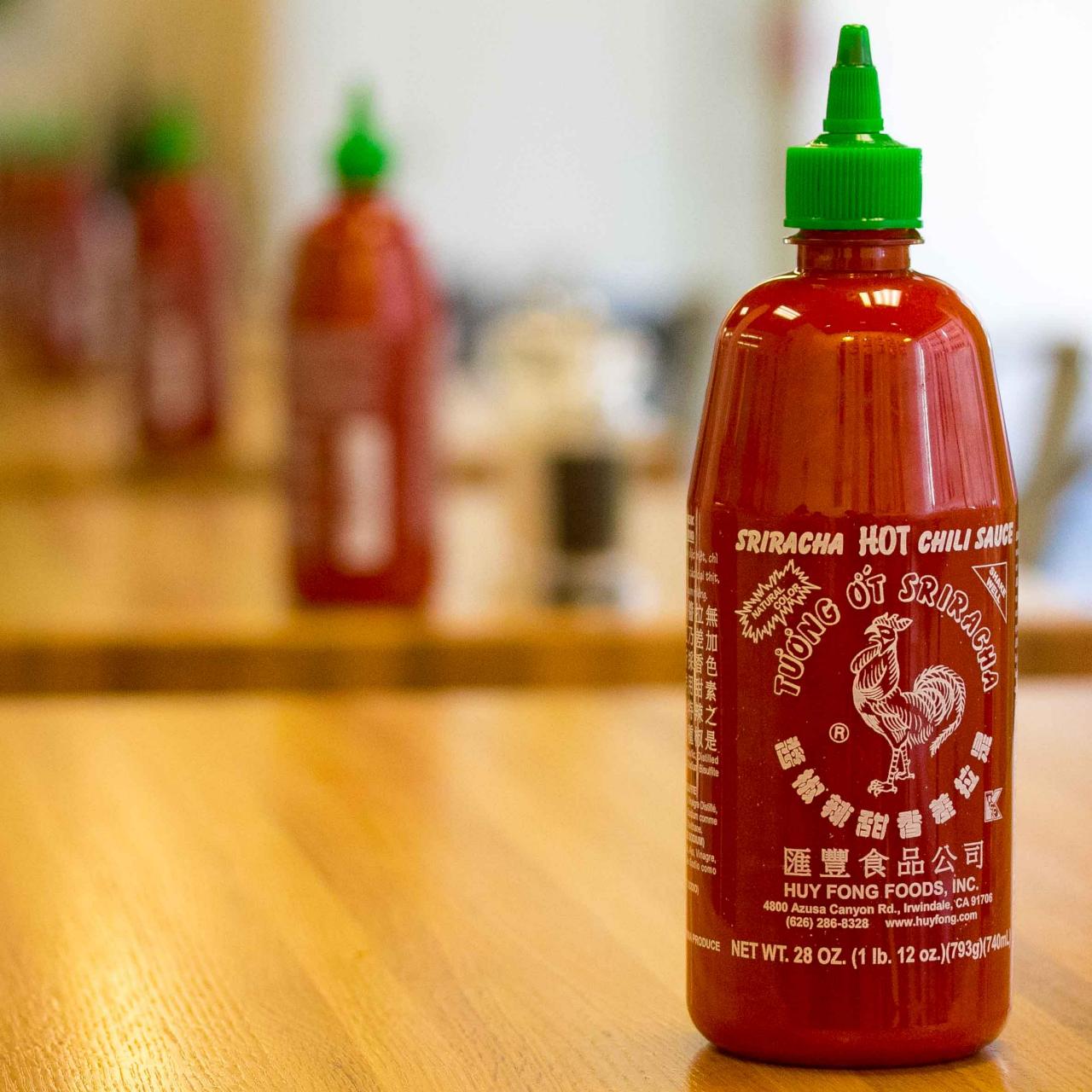
Hot sauce can be a liquid substitute for paprika, especially in recipes where a little heat and tang are welcome.
Depending on the hot sauce you use, it can range from mildly spicy to intensely fiery, so be cautious with the quantity.
Since it’s a liquid, it may affect the consistency of dry recipes, so it’s best used in soups, stews, and sauces.
Hot sauce offers a tangy and spicy kick that complements savory dishes, although it doesn’t typically add the red color paprika does.
- Flavor profile: Spicy with a tangy undertone.
- Texture impact: Liquid may alter consistency.
- Ratio: Use sparingly; start with a few drops.
- Best uses: Ideal for soups, stews, and marinades.
- Tangy heat: Adds spice along with a slight tang.
7. Red Pepper Flakes
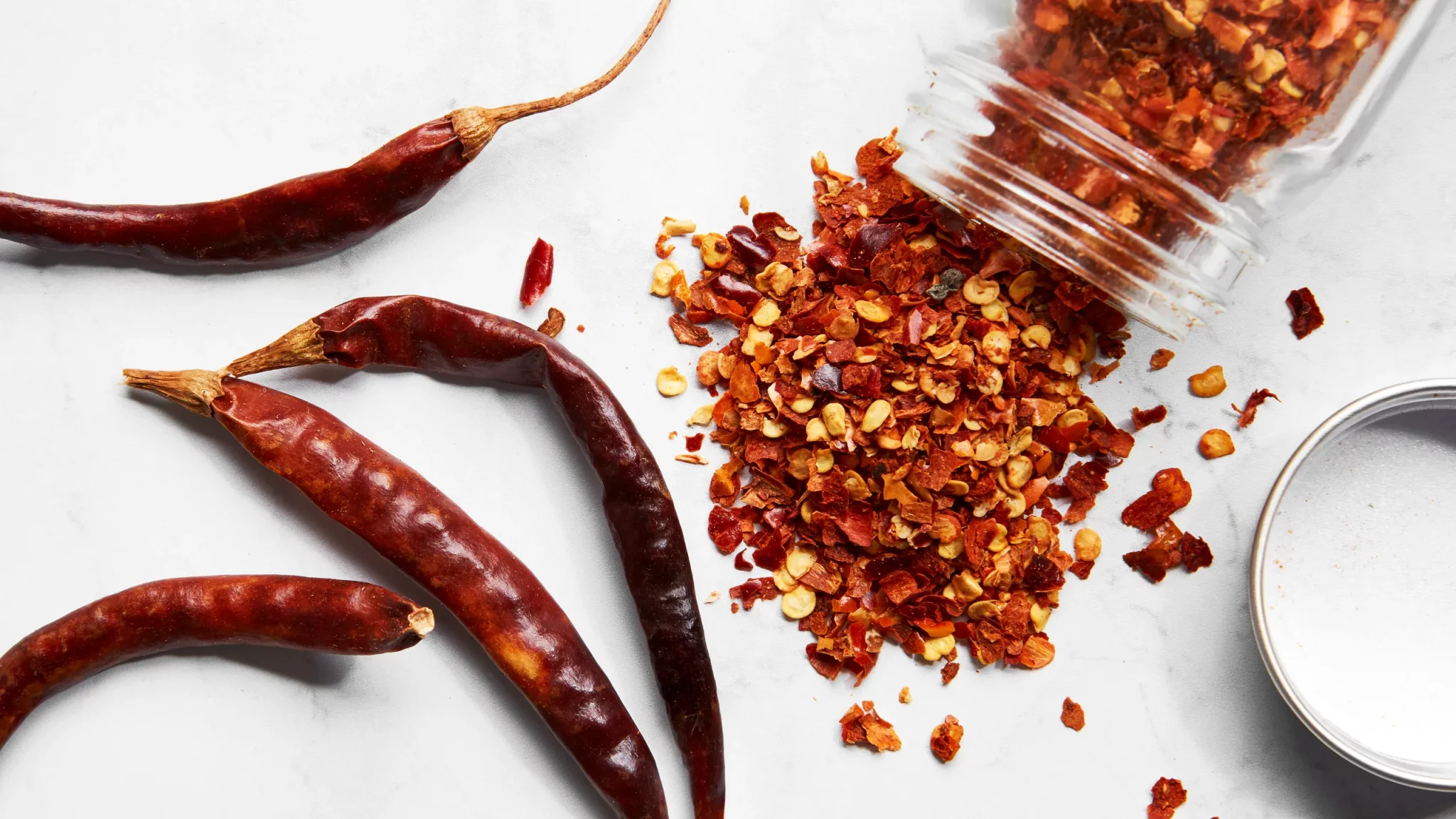
Red pepper flakes, commonly found in most spice cabinets, can be used as a substitute for paprika, though they pack much more heat.
They’re coarser than paprika, adding a bit of texture and spiciness.
Red pepper flakes work best in dishes that require both heat and a slight crunch, such as pizza toppings, pasta, or stir-fries.
However, they won’t provide the same red color or mild flavor as paprika, so it’s best to use them in moderation.
- Flavor profile: Spicy with a crunchy texture.
- Texture impact: Coarser than paprika.
- Ratio: Start with ¼ teaspoon for every teaspoon of paprika.
- Best uses: Great for pizzas, pasta, and stir-fries.
- Spice and texture: Adds heat and a slight crunch.
8. Pimentón de la Vera
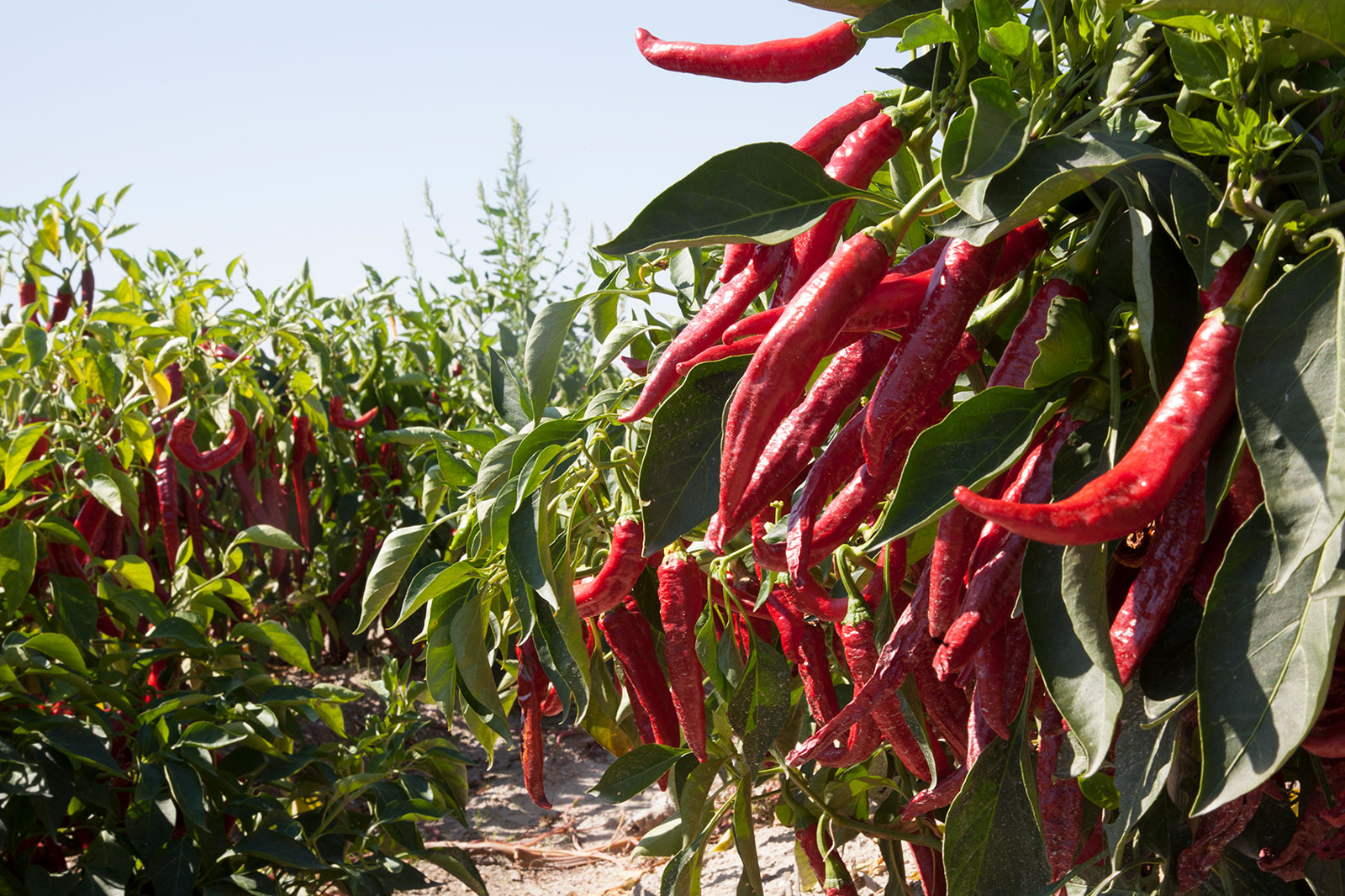
Pimentón de la Vera is a type of smoked paprika from Spain, known for its intense smoky flavor.
It can be used as a direct substitute for regular paprika but will add a pronounced smokiness to your dish.
Available in sweet, bittersweet, and hot varieties, Pimentón de la vera is particularly good in Spanish dishes like paella or grilled meats.
Its rich flavor makes it an ideal choice for adding complexity to soups, stews, and roasted vegetables, giving your dish a distinctive taste.
- Flavor profile: Intense smoky flavor with sweet or spicy notes.
- Texture impact: Fine powder, like paprika.
- Ratio: Use in a 1:1 ratio.
- Best uses: Ideal for paella, soups, and grilled meats.
- Distinctive taste: Adds rich smokiness and depth.
9. Sweet Chili Sauce

Sweet chili sauce can be a paprika substitute for mild spice and sweetness.
While it’s a liquid and slightly alters the texture of dry recipes, it provides a flavorful alternative in sauces, marinades, or glazes.
Its blend of sweetness and mild heat makes it a great match for Asian-inspired dishes or as a dipping sauce.
It won’t replicate paprika’s smoky or earthy flavor, but it offers its own delicious twist, especially in stir-fries or dipping sauces.
- Flavor profile: Sweet with a mild, spicy kick.
- Texture impact: Liquid affects consistency.
- Ratio: Start with a tablespoon, depending on the recipe.
- Best uses: Great for stir-fries, marinades, or glazes.
- Sweet and spicy: Adds both sweetness and mild heat to dishes.
10. Aleppo Pepper
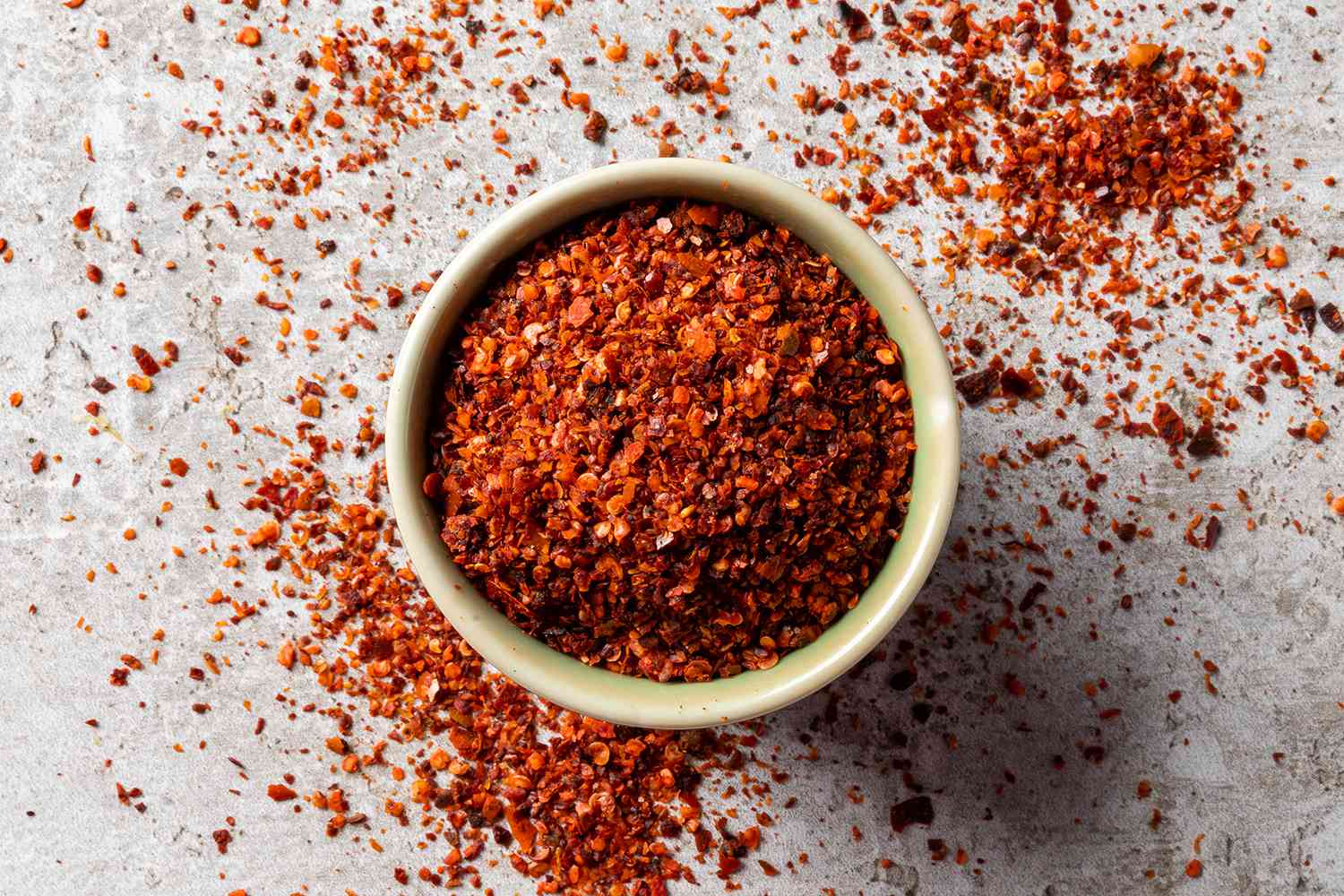
Aleppo pepper is a mildly spicy, fruity pepper originating from Syria and Turkey.
It makes an excellent substitute for paprika, offering a moderate heat with a rich, fruity flavor.
Aleppo pepper has a coarser texture than paprika and imparts a slightly sweet, tangy flavor to dishes.
It’s less spicy than cayenne or red pepper flakes but offers a balanced warmth that works well in Mediterranean and Middle Eastern dishes.
Its beautiful red color complements paprika’s visual appeal while adding complexity to the flavor.
- Flavor profile: Mildly spicy, fruity, and slightly tangy.
- Texture impact: Coarser than paprika.
- Ratio: Use in a 1:1 ratio.
- Best uses: Ideal for Middle Eastern and Mediterranean dishes.
- Balanced warmth: Adds mild heat with a fruity sweetness.
11. Gochugaru (Korean Chili Flakes)
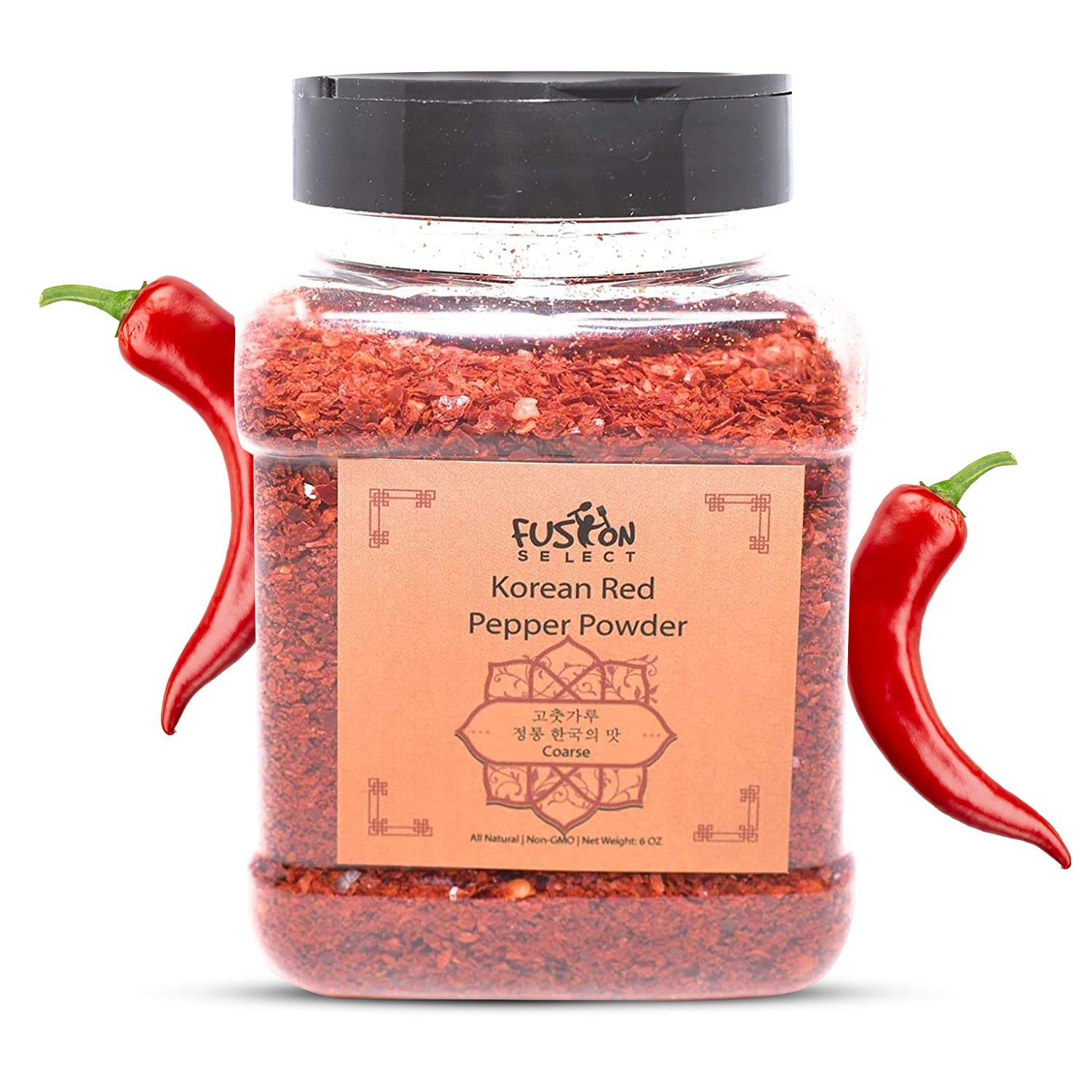
Gochugaru is a staple in Korean cuisine, known for its bright red color and mild to medium heat.
Made from dried Korean chili peppers, it has a slightly smoky, sweet, and fruity flavor, making it an excellent substitute for paprika.
Gochugaru’s fine, flaky texture works well in soups, stews, and marinades, adding color and a gentle warmth without overpowering the dish.
While it’s not as smoky as paprika, its subtle heat and vibrant hue make it a versatile replacement, especially in Asian-inspired recipes.
- Flavor profile: Mildly spicy, smoky, and slightly sweet.
- Texture impact: Coarser flakes add slight texture.
- Ratio: Use in a 1:1 ratio.
- Best uses: Perfect for soups, stews, and marinades.
- Color boost: Adds a vibrant red color with gentle heat.
12. Black Pepper
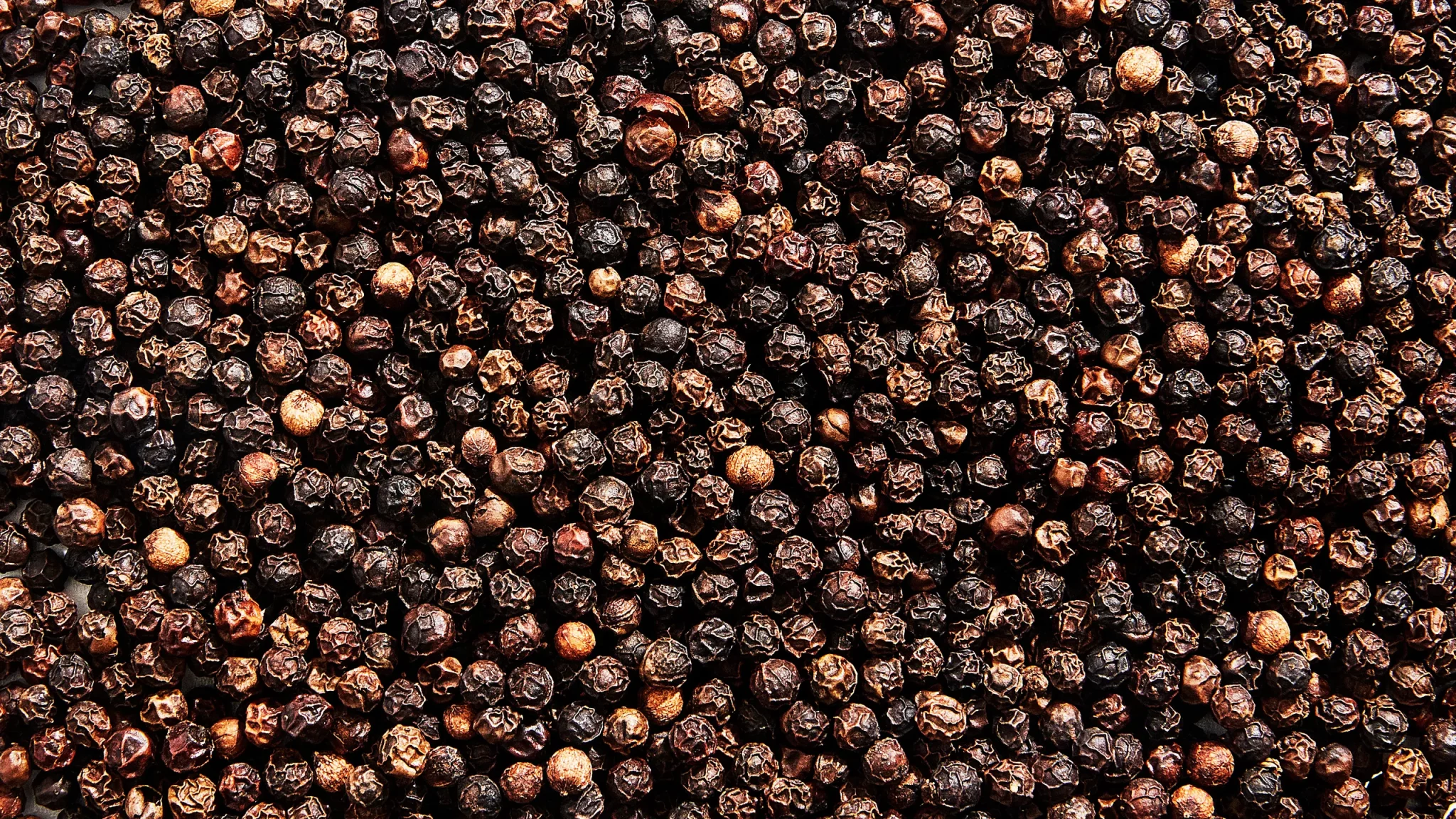
Black pepper is a readily available substitute for paprika, though it lacks the signature red color and sweetness.
It brings a sharp, spicy flavor with a mild heat that can enhance the savory notes in your dishes.
While black pepper doesn’t replicate paprika’s color or mild warmth, it works well in recipes where you need a subtle kick without changing the flavor profile too much.
Black pepper is best used in small amounts to avoid overwhelming the dish.
- Flavor profile: Sharp, savory, and mildly spicy.
- Texture impact: Fine powder, similar to paprika.
- Ratio: Use ¼ teaspoon for every teaspoon of paprika.
- Best uses: Ideal for seasoning meats, soups, and stews.
- Pungent spice: Adds heat without altering the flavor drastically.
13. Sriracha
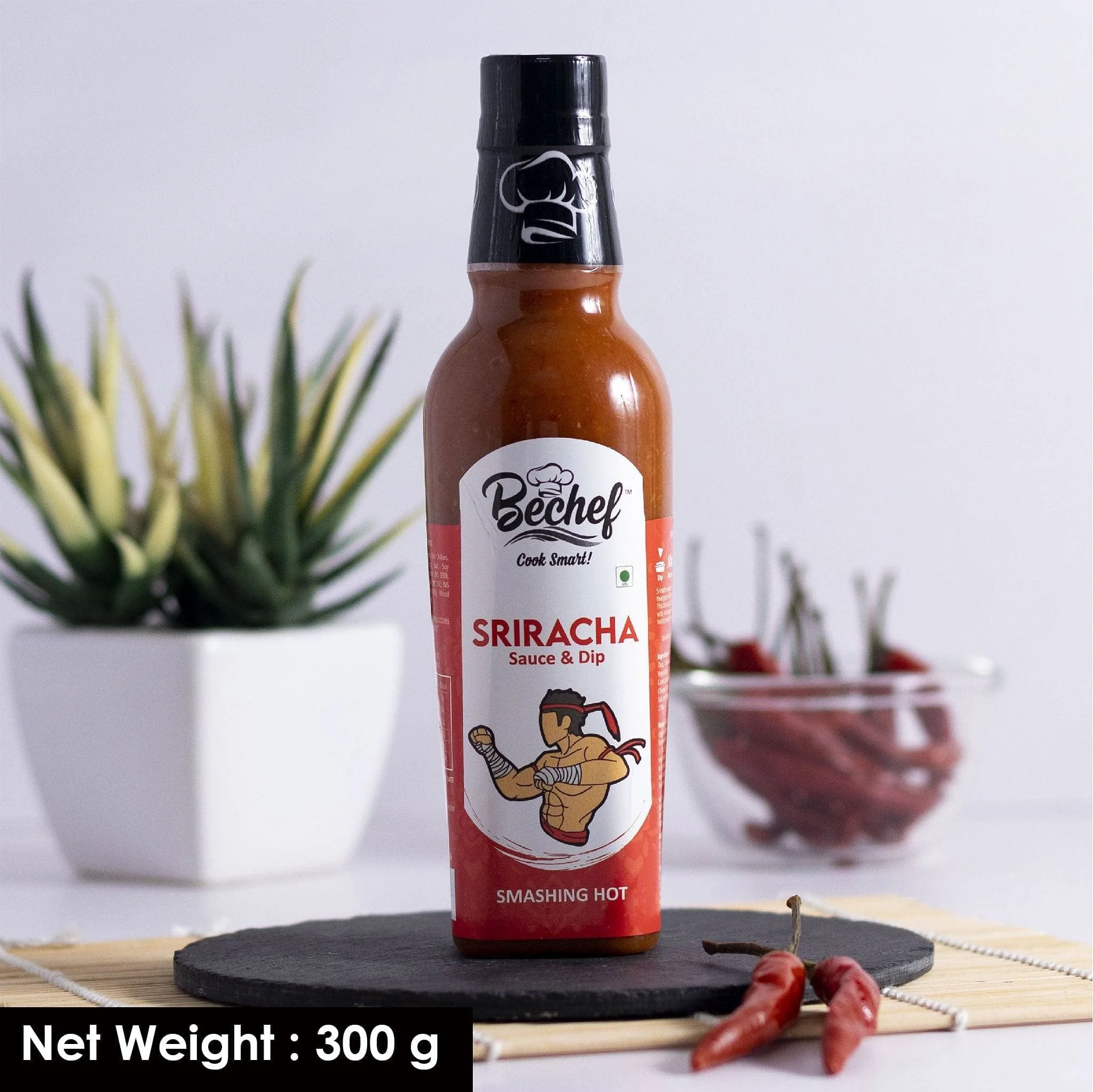
Sriracha, a popular hot sauce, can be used as a liquid substitute for paprika, adding sweetness, heat, and garlic.
It has a much bolder flavor than paprika, so it’s best used in recipes whose tangy and spicy profile complements the dish.
Sriracha works well in marinades, sauces, and soups but can change the overall consistency of the dish since it’s a liquid.
It’s important to adjust the other ingredients when using it as a substitute.
- Flavor profile: Spicy, sweet, and garlicky.
- Texture impact: Liquid affects consistency.
- Ratio: Use in small amounts, starting with a teaspoon.
- Best uses: Great for marinades, soups, and sauces.
- Bold flavor: Adds heat, sweetness, and tang.
14. Cumin

Cumin is a popular spice with a warm, earthy flavor that can substitute for paprika when you’re looking to add depth to your dish.
While cumin doesn’t have the same sweetness or color as paprika, its rich, nutty flavor can work well in savory dishes like stews, curries, and roasted vegetables.
Since cumin has a stronger, more distinct taste, use it sparingly to avoid overpowering the dish.
It’s an excellent option when you need to add warmth and richness rather than heat.
- Flavor profile: Warm, earthy, and slightly nutty.
- Texture impact: Fine powder, similar to paprika.
- Ratio: Use ½ teaspoon for every teaspoon of paprika.
- Best uses: Perfect for stews, curries, and roasted vegetables.
- Warmth and depth: Adds rich, earthy tones to savory dishes.
15. Ground Coriander
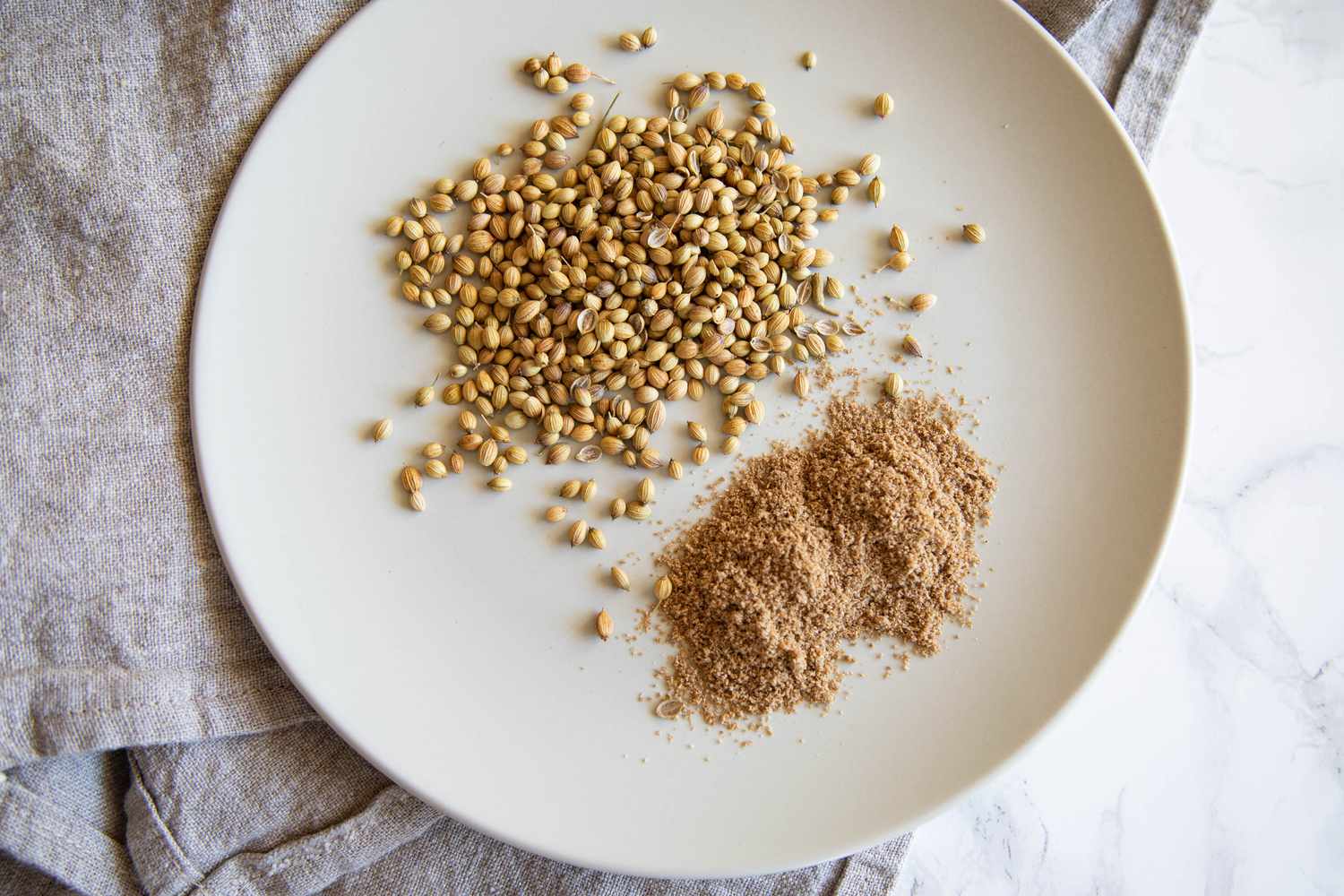
Ground coriander is another earthy spice that can replace paprika in certain dishes.
It offers a mild, citrusy flavor with a hint of sweetness, complementing both savory and sweet recipes.
Although it doesn’t provide any heat or the red color of paprika, it adds depth and complexity to the dish.
Ground coriander works particularly well in soups, stews, and spice blends, where its bright, fresh flavor can enhance the other ingredients.
Use it sparingly, as its taste is more delicate than paprika’s.
- Flavor profile: Citrusy, mild, and slightly sweet.
- Texture impact: Fine powder, similar to paprika.
- Ratio: Use in a 1:1 ratio.
- Best uses: Great for soups, stews, and spice blends.
- Delicate flavor: Adds mild sweetness and brightness to dishes.
Conclusion
When you run out of paprika, these 15 substitutes offer a variety of flavors and textures to suit your recipe’s needs.
Whether you’re looking for heat, smokiness, or an earthy undertone, each substitute provides a unique twist that can enhance your dish.
From the spicy kick of cayenne pepper to the warm, earthy cumin flavor, these alternatives ensure your recipe won’t miss a beat.
Experiment with these substitutes to find the best match for your cooking, and enjoy the new flavors they bring to your favorite dishes.
